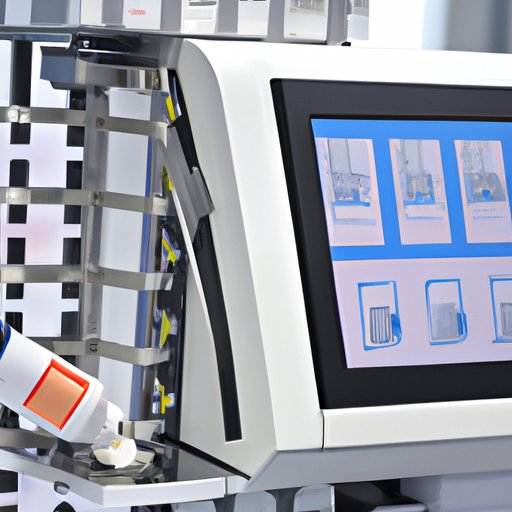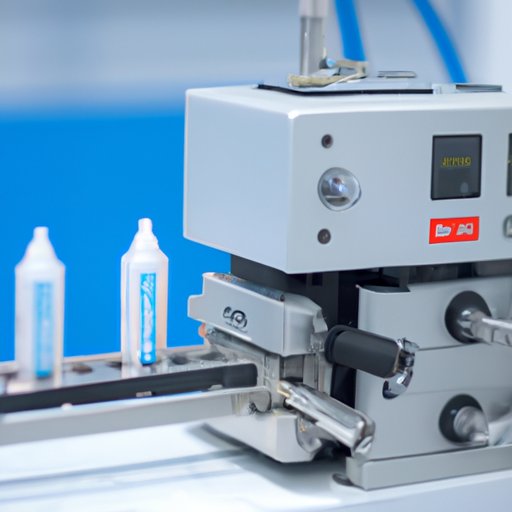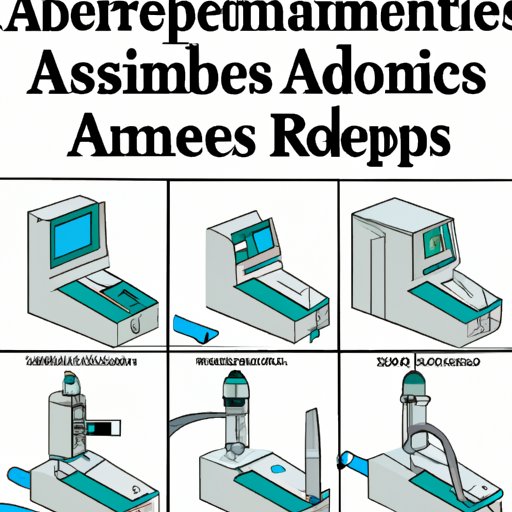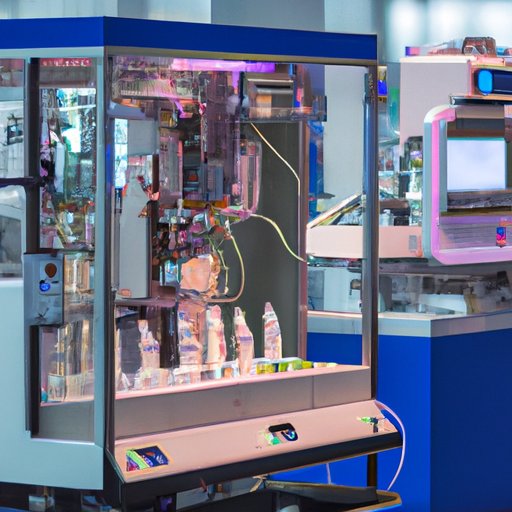Introduction
Automated dispensing systems are becoming increasingly popular in many industries. From pharmacies and hospitals to manufacturing facilities, these automated systems are designed to make the process of dispensing products faster and more efficient. But what exactly is an automated dispensing system? In this article, we’ll explore the definition of automated dispensing systems, their benefits and advantages, different types of systems, how they can improve efficiency, what you need to know about them, and a comprehensive guide to automated dispensing systems.
What are Automated Dispensing Systems?
An automated dispensing system is a computerized system that stores, manages and dispenses medications or other products. It is typically used in healthcare settings such as hospitals, clinics and pharmacies. The system is designed to provide accurate medication doses and reduce errors that can occur with manual dispensing.
The system works by storing medications or other products in a secure location. When a user requests a product, the system retrieves the item from its storage area and dispenses it. The system then logs the transaction and sends a notification to the appropriate personnel. This ensures that all transactions are tracked and no items are missing.
Benefits and Advantages
There are several benefits and advantages to using an automated dispensing system. First, the system helps to improve accuracy and reduce errors that can occur with manual dispensing. By automating the process, there is less room for human error. Additionally, the system can help to increase efficiency by allowing users to quickly retrieve and dispense medications or other products.
Another benefit of automated dispensing systems is that they can help to reduce labor costs. By automating the dispensing process, fewer personnel are needed to oversee the system. This can help to save money in the long run.
Different Types of Automated Dispensing Systems
There are three main types of automated dispensing systems: fixed-location systems, mobile systems, and warehouse systems. Fixed-location systems are typically used in retail pharmacies and hospital pharmacies. These systems are usually stationary and allow users to select and dispense medications from a kiosk or cabinet. Mobile systems, on the other hand, are designed for use in ambulances, nursing homes, and other locations where mobility is important. Finally, warehouse systems are large-scale systems that are used to manage inventory in warehouses and other large-scale facilities.

How Automated Dispensing Systems Can Improve Efficiency
Automated dispensing systems can help to improve efficiency in multiple ways. First, they can help to increase accuracy by eliminating the potential for human error. Second, they can help to reduce delivery times by allowing users to quickly retrieve and dispense medications or other products. Finally, they can help to reduce labor costs by automating the dispensing process.

What You Need to Know About Automated Dispensing Systems
When considering an automated dispensing system, there are several factors to consider. First, you should take into account the cost of the system. Automated dispensing systems can be expensive, so it’s important to weigh the cost versus the benefits before making a purchase. Additionally, you should consider the maintenance requirements of the system. Some systems require regular maintenance, while others may not. Finally, you should consider any safety concerns associated with the system. Automated dispensing systems must be properly installed and maintained in order to ensure the safety of users.

A Comprehensive Guide to Automated Dispensing Systems
Once you have determined that an automated dispensing system is right for your needs, there are a few things you should know. First, you should understand the installation process. Installing an automated dispensing system can be complex, so it’s important to work with a qualified technician to ensure everything is done correctly. Additionally, you should familiarize yourself with any troubleshooting tips and best practices for using the system. This will help you to quickly and efficiently resolve any issues that may arise.
Conclusion
In conclusion, automated dispensing systems can be an invaluable tool for many businesses. They can help to improve accuracy and reduce errors, increase efficiency, and reduce labor costs. However, it’s important to understand the cost considerations, maintenance requirements, and safety concerns associated with these systems before purchasing one. By understanding the installation process, troubleshooting tips, and best practices for use, you can ensure that your automated dispensing system is set up and operated safely and efficiently.
(Note: Is this article not meeting your expectations? Do you have knowledge or insights to share? Unlock new opportunities and expand your reach by joining our authors team. Click Registration to join us and share your expertise with our readers.)
